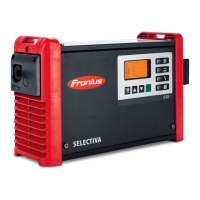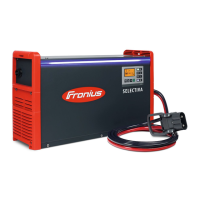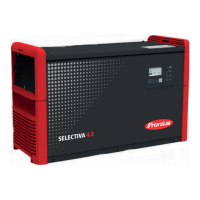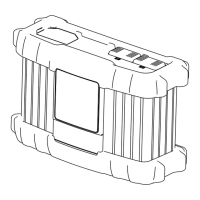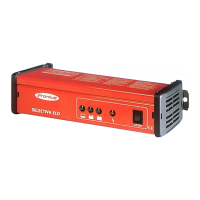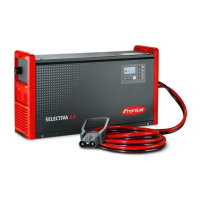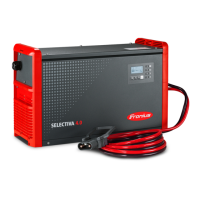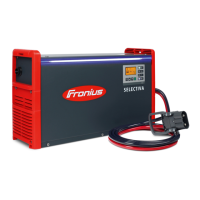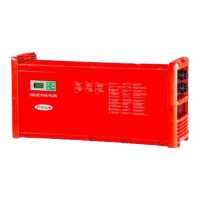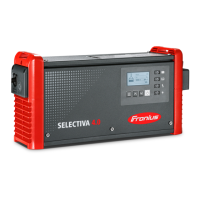10
Maintenance and
repair
Under normal operating conditions, the device requires only a minimum of care and main-
tenance. However, it is vital to observe some important points to ensure it remains in a us-
able condition for many years.
- Before switching on, always check the mains plug and cable as well as charger leads
and charging terminals for any signs of damage.
- If the surface of the device housing is dirty, clean with a soft cloth and solvent-free
cleaning agent only
Maintenance and repair work must only be carried out by authorised personnel. Use only
original replacement and wearing parts (also applies to standard parts). It is impossible to
guarantee that bought-in parts are designed and manufactured to meet the demands made
on them, or that they satisfy safety requirements.
Do not carry out any modifications, alterations, etc. to the device without the manufactur-
er's consent.
Obligations of the
operator
The operator must only allow persons to work with the device who:
- are familiar with the fundamental instructions regarding safety at work and accident
prevention and have been instructed in how to use the device
- have read and understood these operating instructions, especially the section "safety
rules", and have confirmed as much with their signatures
- are trained to produce the required results.
Checks must be carried out at regular intervals to ensure that operators are working in a
safety-conscious manner.
Safety inspection The manufacturer recommends that a safety inspection of the device is performed at least
once every 12 months.
A safety inspection should be carried out by a qualified electrician
- After any changes are made
- After any additional parts are installed, or after any conversions
- After repair, care and maintenance has been carried out
- At least every twelve months
For safety inspections, follow the appropriate national and international standards and di-
rectives.
Further details on safety inspections can be obtained from your service centre. They will
provide you, on request, with any documents you may require.
Safety symbols Devices with the CE mark satisfy the essential requirements of the low-voltage and elec-
tromagnetic compatibility directives.
Devices with the TÜV test mark satisfy the requirements of the relevant standards in Can-
ada, USA, Australia and Japan.
Devices with the EAC mark of conformity satisfy the requirements of the relevant standards
in Russia, Belarus, Kazakhstan, Armenia and Kyrgyzstan.
Disposal Do not dispose of this device with normal domestic waste! To comply with the European
Directive on Waste Electrical and Electronic Equipment and its implementation as national
law, electrical equipment that has reached the end of its life must be collected separately
and returned to an approved recycling facility. Any device that you no longer require must
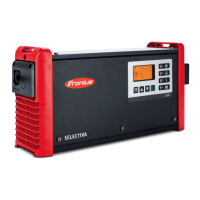
